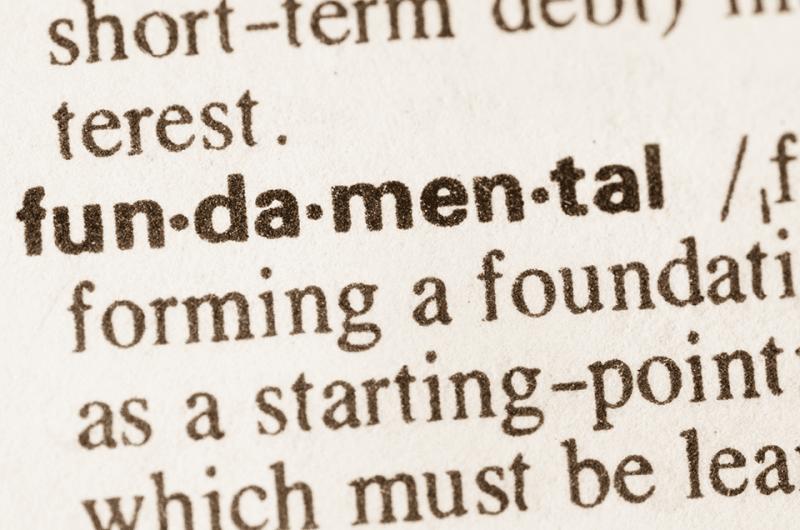One of the best ways to control project success is to meet or exceed expectations. One of the best ways to understand and impact expectations is through regular status and review. Therefore, status reporting habits are an excellent way to improve the chances of success for your project.
A Failure of Communicating Status
I had an experience that has made me a firm believer in providing my clients with a weekly status. In this case, the problem came from a sub that I trusted, and a customer that was happy and trusting. I would periodically touch base on progress and tasks. I left things to run on their own as did the client.
We had some communication issues that led to my sub doing more testing and rework than the customer desired. This confusion would have been a small problem if caught early, but instead, it went on for weeks. Thus, by the time the client saw a large number of hours on small numbers of tasks, it looked like they were getting over-billed. In a sense, they were. Therefore, we ended up eating a bunch of billed hours and rolled the sub off of the client.
A weekly status of hours and work would have brought this issue to a head earlier. That early catch would have been easy to correct and saved headaches on both sides. This situation could have ended worse, but part of the reason I did not over-communicate was due to the great relationship I had with the client.
A Lesson Learned
I learned from this bad experience that communicating status is an important detail to address. I now send a status each week to every client large and small. Most status reports are one project and one page. However, sometimes I go to multiple projects per client and multiple pages. I may also append some pages of notes or deliverable recap to make it easy to link tasks to outcomes.The status I send is not very complicated. I list what was done, roughly how many hours were spent on the tasks, and then estimates of tasks and time for the week ahead.
The status report takes less than fifteen minutes to put together each week. However, I did spend close to an hour creating a template that is easy to fill out and still looks pretty good. Thus, the time I invested has more than paid for itself over the last few years.
The status I send is not very complicated. I list what was done, roughly how many hours were spent on the tasks, and then estimates of tasks and time for the week ahead. This takes maybe fifteen minutes to put together each week. However, I did spend close to an hour creating a template that is easy to fill out and still looks pretty good. Thus, the time I invested has more than paid for itself over the last few years.
Keep It Simple
The art of making a weekly status valuable is in its brevity. Keep to simple line items and maybe even a summary at the top. Consider that a client will only read the first part of the status. Anything below the fold may be missed. In particular, this scanning of status will occur as they receive one week after week. Yes, it is a little bit of a CYA, but the real goal of this is to make sure you are on the same page as your clients about work to be done and priorities.
A weekly status call would be a good way to keep it simple, but I recommend a written version as well. The report provides something for future reference by your client. However, it also provides you a great checklist to make sure your tasks completed each week match what you said you would do. Communicating status seems like something everyone knows and values, but it is easy to get away from the process. Beware if you do. The lack of communication can cost contracts, clients, or even reputation.

Leave a Reply
You must be logged in to post a comment.